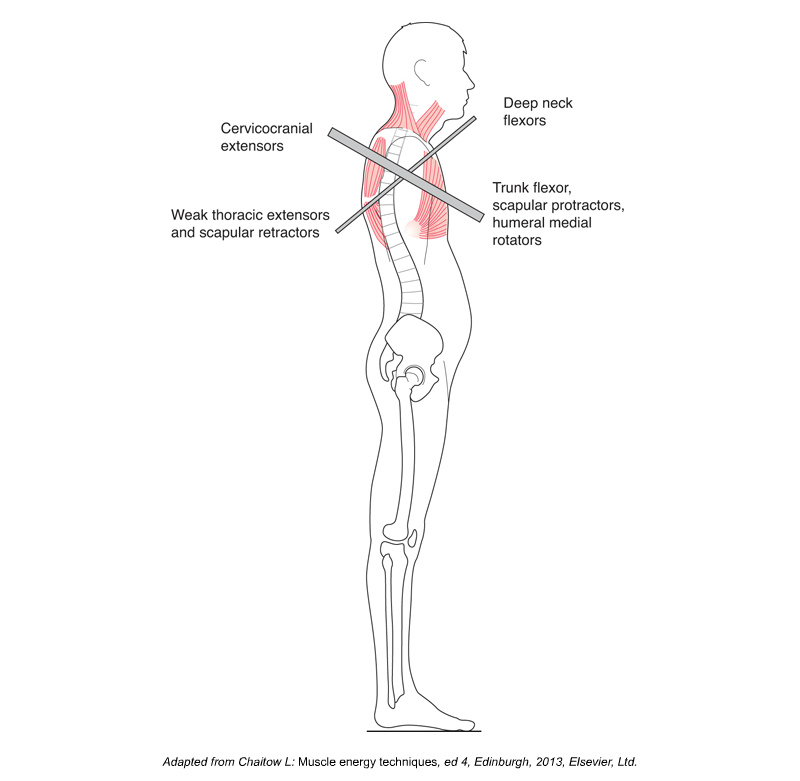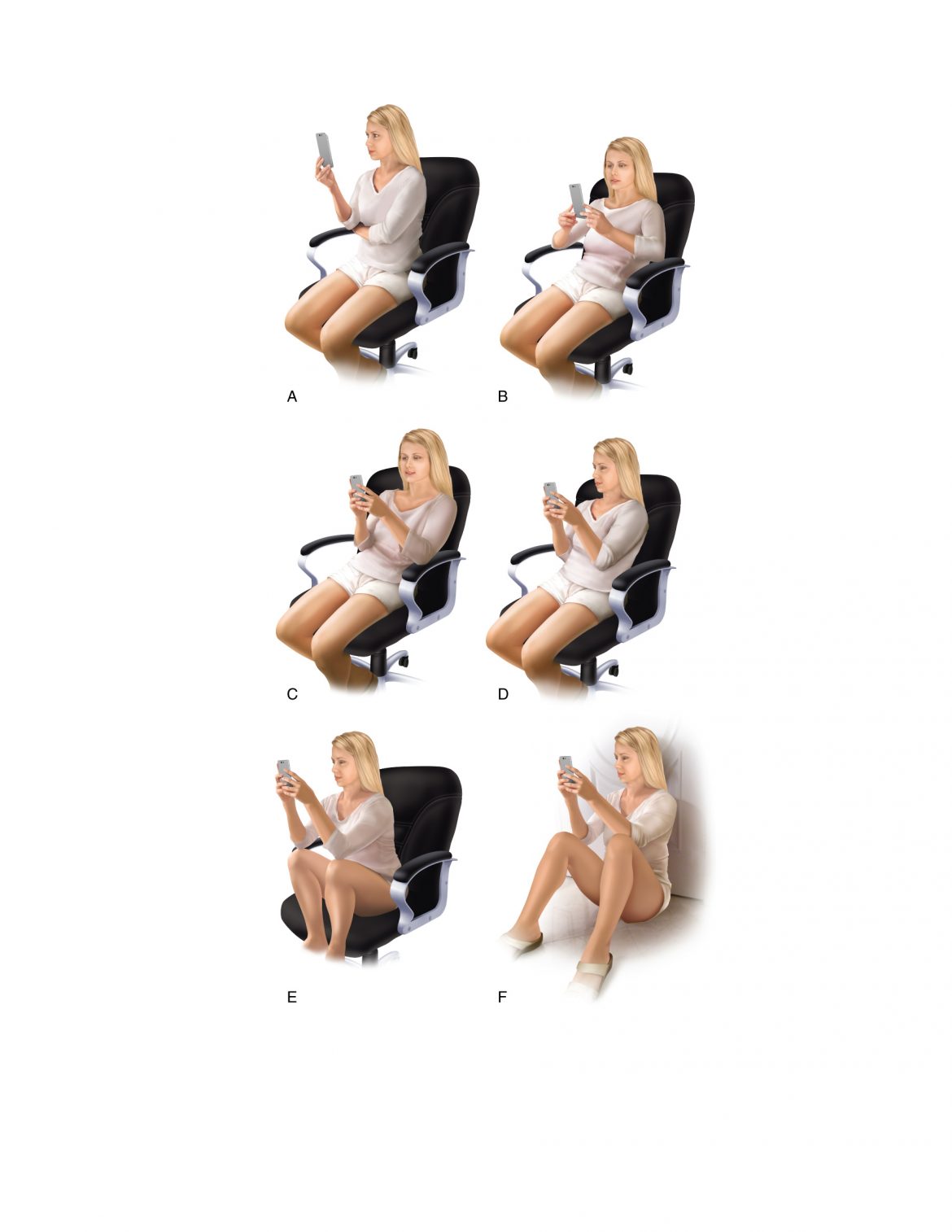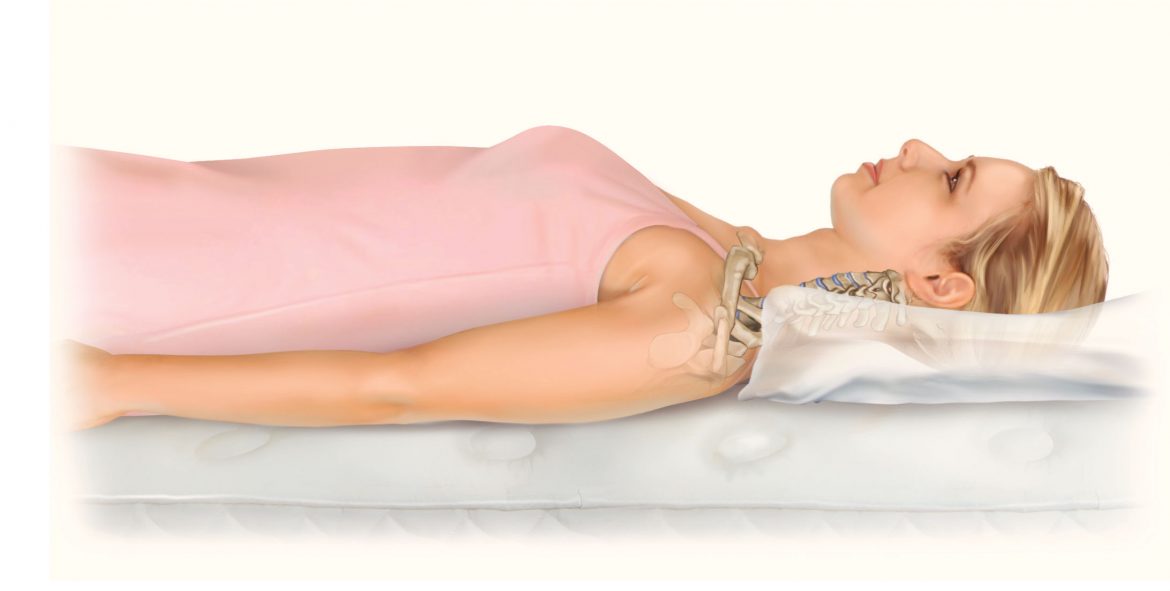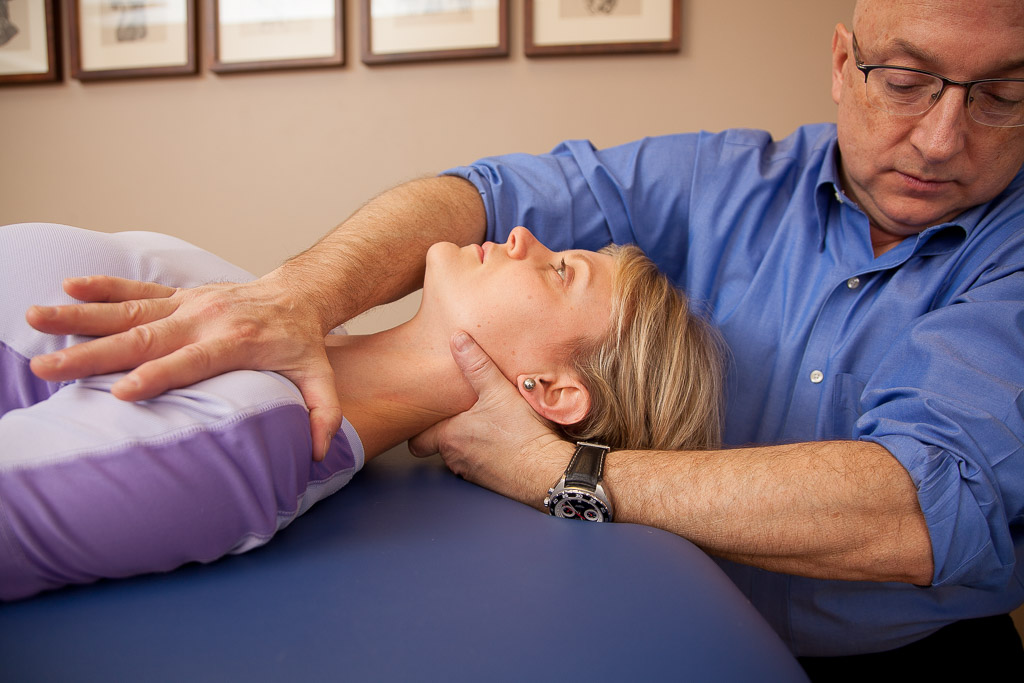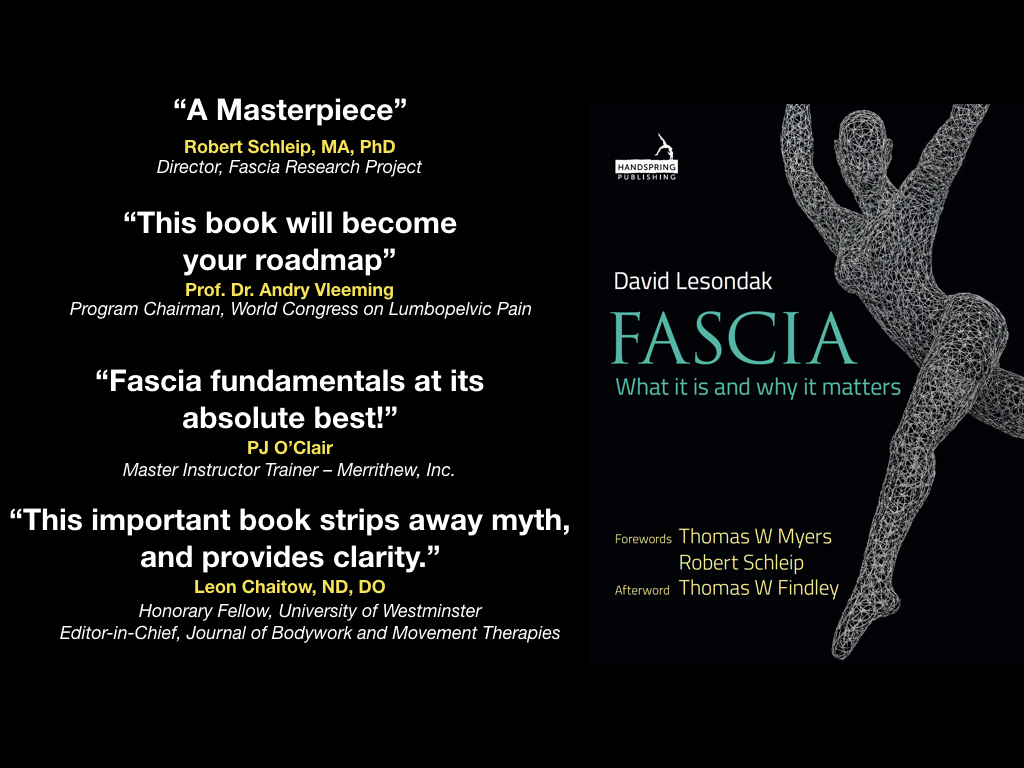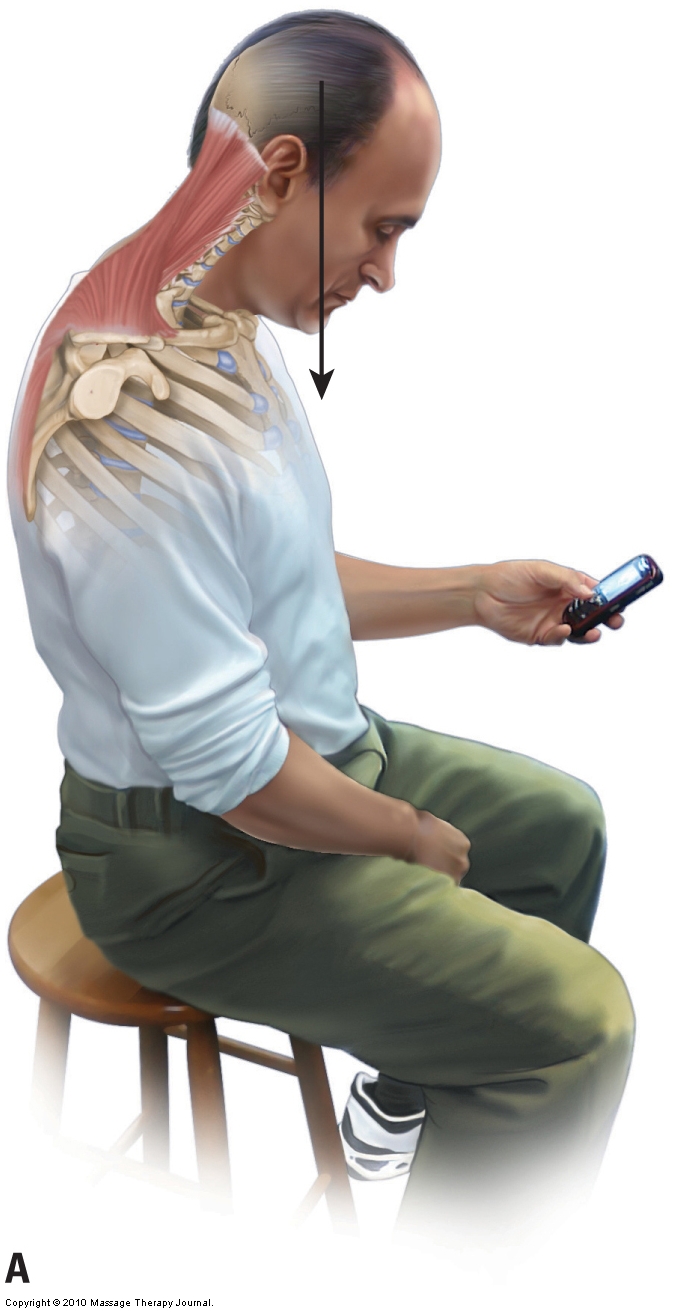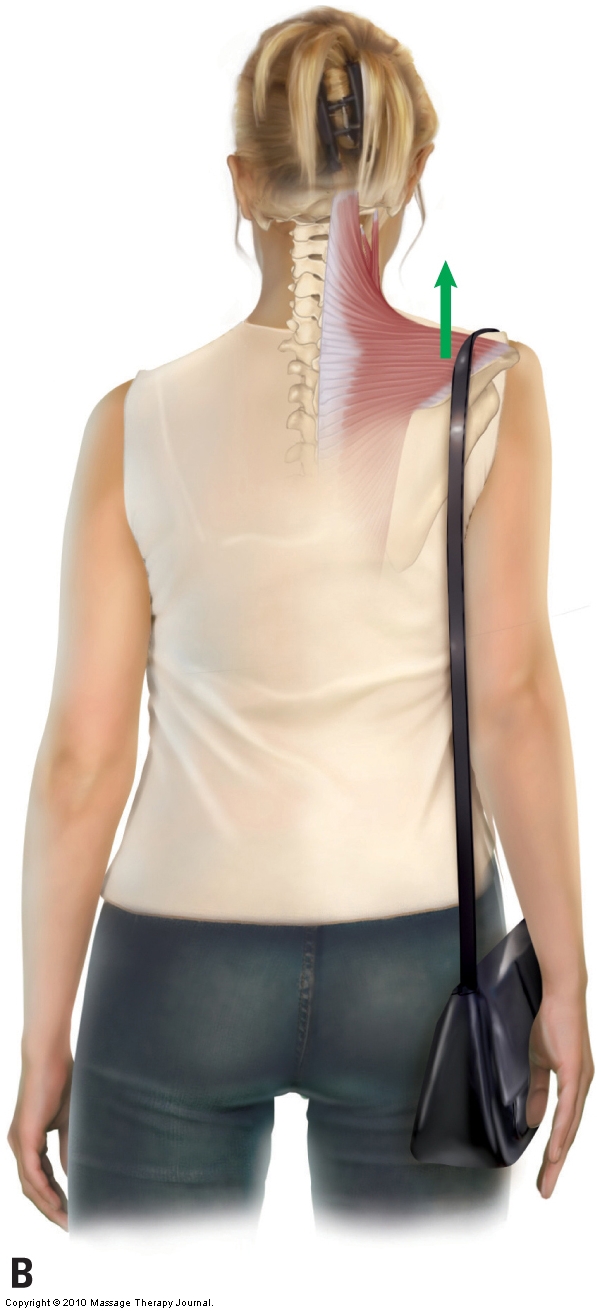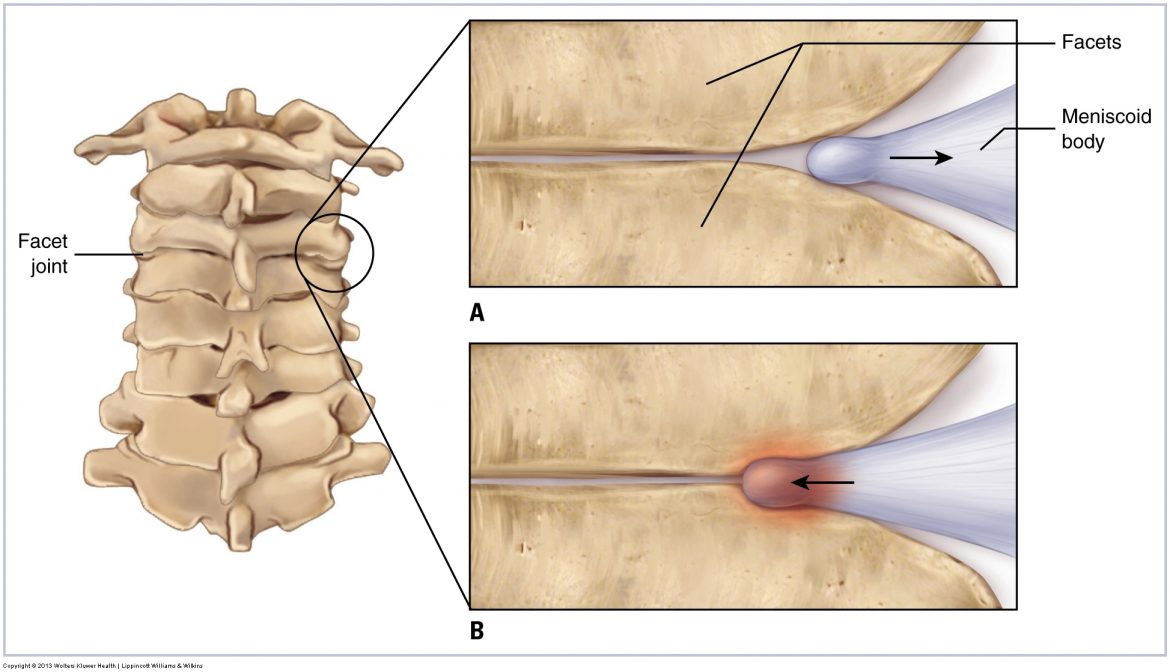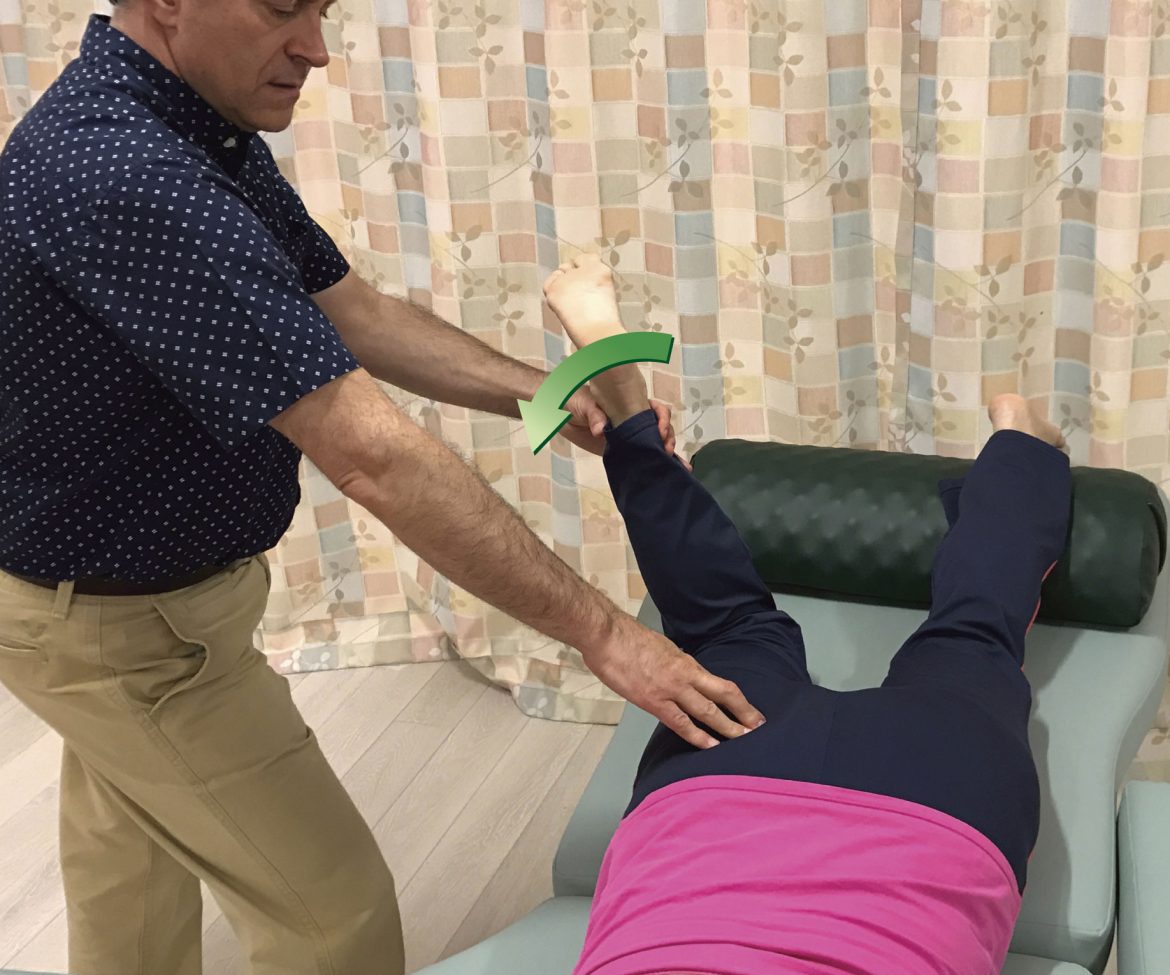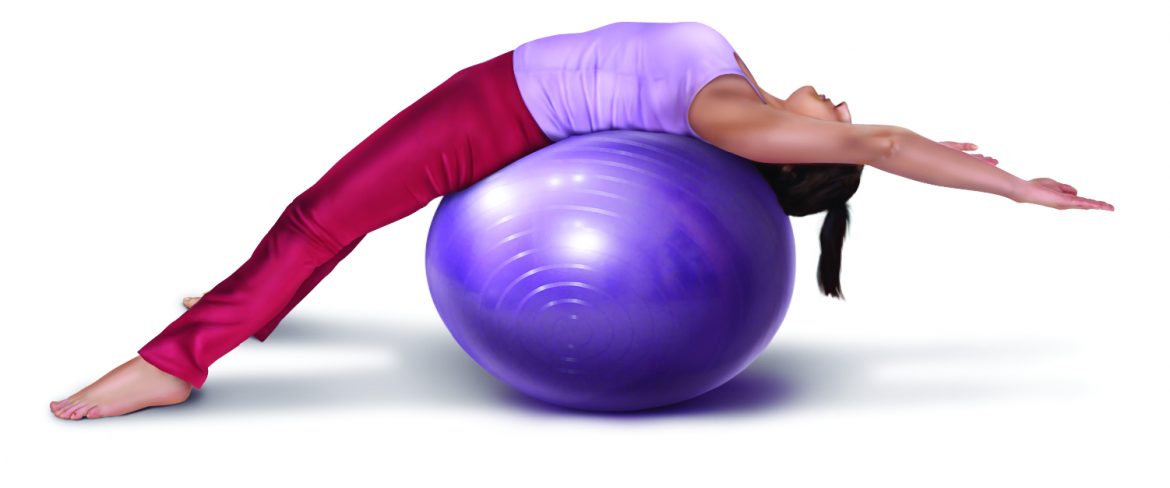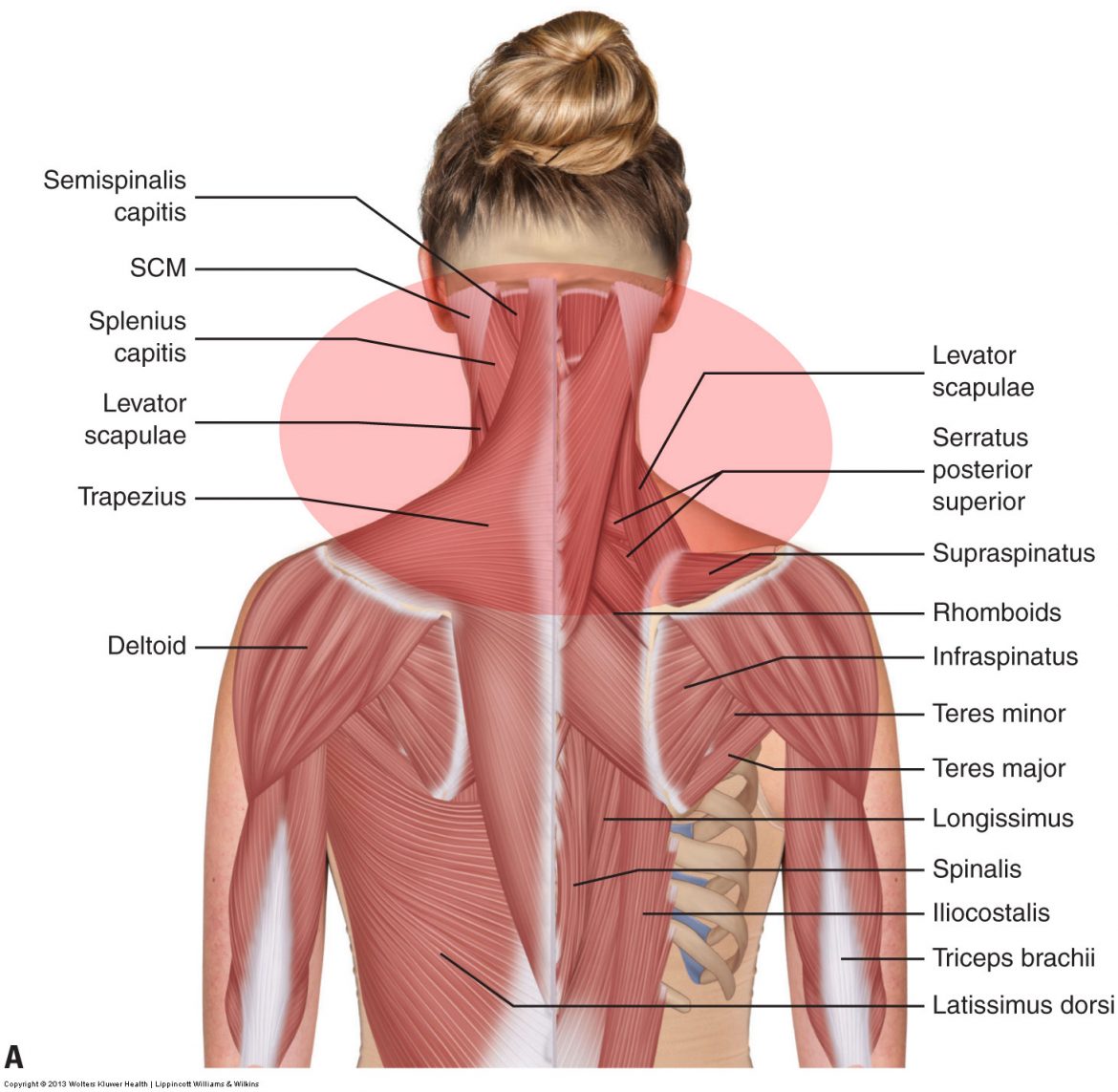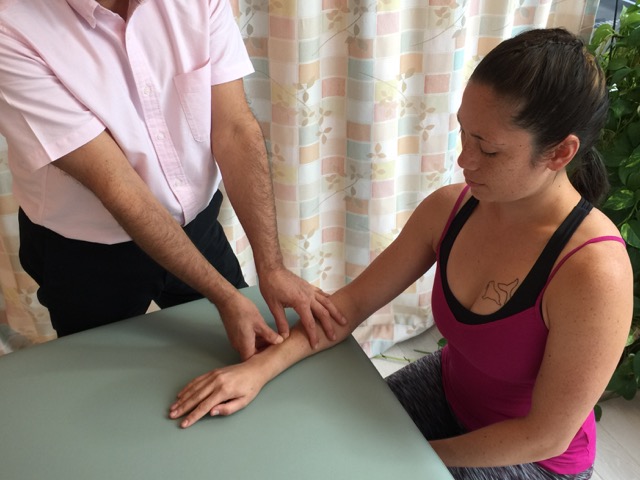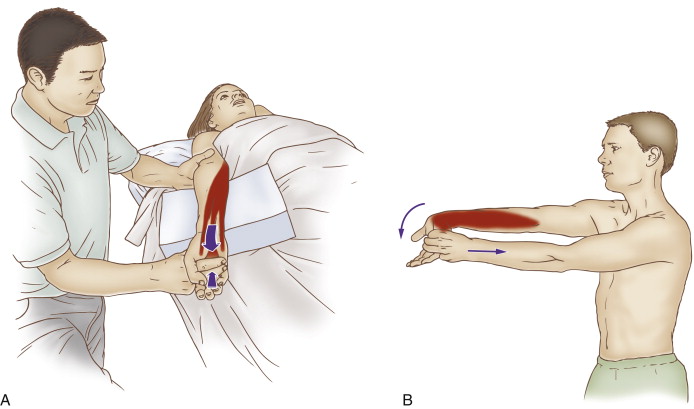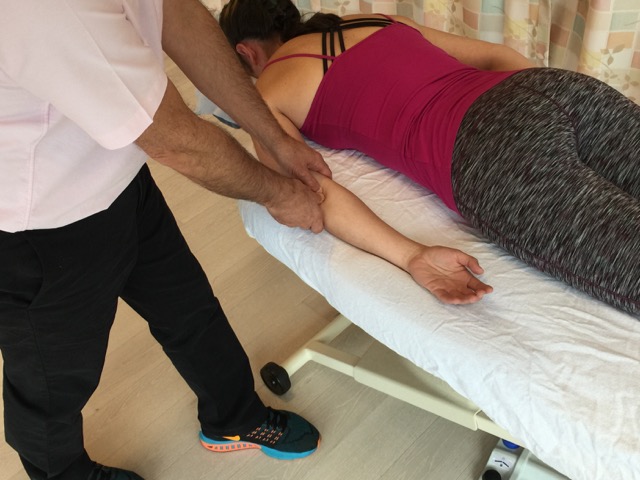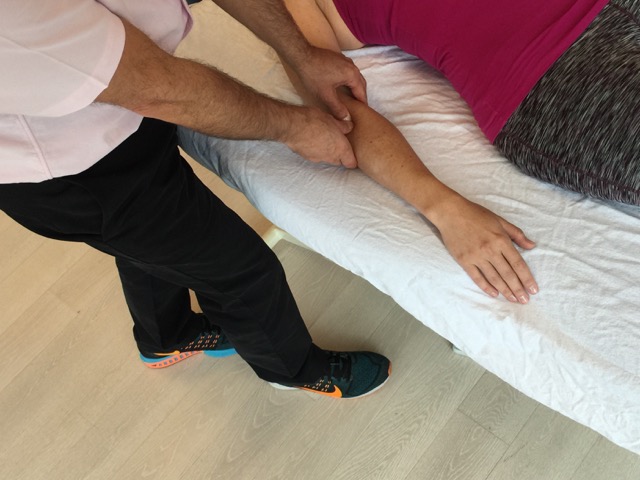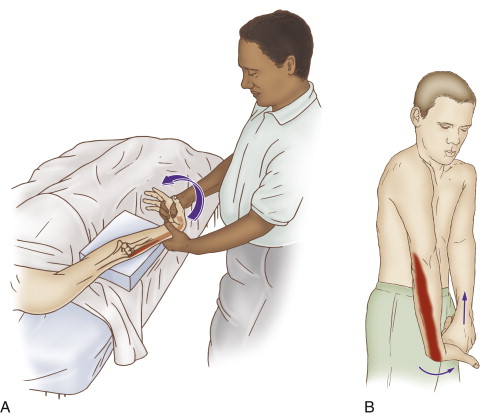That people aged 18-21 in this study have not yet begun to experience pain as a result of text neck posture does not surprise me at all. They are simply still too young to experience what the physical stress of the overuse of text neck posture will eventually do to them.
What is Upper Crossed Syndrome and what are its causes?
Upper crossed syndrome describes the characteristic pattern of dysfunctional tone of the musculature of the shoulder girdle/cervicothoracic region of the body.
The Price of Smart Phones – Ten Conditions Caused by Smart Phone Use
Following are ten of the most common dysfunctional postural patterns and injuries that may occur with smart phone (cell/mobile phone) use.
Seven Keys to Healthy Neck Posture
Following are the seven most common postural self-care advice tips for the neck that we should give our clients/patients.
An Interview with Walt Fritz, Manual Therapy Continuing Education Instructor
Are we really able to singularly and specifically isolate fascia…, to the exclusion of all other tissue… to create change? To that I am quite uncertain.
FASCIA – What It Is and Why It Matters… A New Book by David Lesondak
For me, fascia is the big picture. It’s a tissue and a system and it has connections from each individual cell all the way to the brain.
Lumbar Spine Joint Dysfunction
The two most common causes of a hypomobile joint dysfunction are tight muscles, especially smaller, deeper intrinsic muscles, and fibrous adhesions.
Student Tip for Improving Memory – Memory is the residue of thought…
Two main points for improving memory: Memory is the residue of thought. A cue is needed to recall something that has been successfully committed to memory.
Tension Headaches
A tension headache is caused by excessive pulling force of tight muscles in the back of the neck that exert tension on their attachments on the head.
Hypertonic / Tight Musculature of the Neck
Tight musculature is the most common presenting complaint that a manual therapist will confront and is a component of every neck musculoskeletal condition.
Joint Dysfunction of the Cervical Spine
A joint functions to allow motion, so two forms of joint dysfunction exist: Hypomobile joint has restricted motion; Hypermobile joint has excessive motion.
Pin and Stretch Technique
Pin and stretch technique focuses the force of the stretch on the region of the muscle that is between the pinned point and the attachment that is moved.
The Thoracic Spine… The Silent Saboteur
There is an old saying that no posture is bad unless you get stuck in it. The problem is that the thoracic spine often does get stuck in bad posture.
What are the causes of muscle spasming in the neck?
Muscle spasming of the neck occurs because of its role in neck movement and posture, as well as it role in upper extremity movement and posture.
Muscle Spasming of the Neck CE Home-Study Course (2.5 CE Hours)
Introduction Muscle spasming of the neck is likely the most common musculoskeletal complaint that exists. Indeed it is rare to find a client/patient whose neck is not tight. The musculature of the neck (cervical spine) can be divided into anterior …
Upper Crossed Syndrome CE Home-Study Course (1 CE Hour)
Introduction Upper crossed syndrome describes the characteristic pattern of dysfunctional tone of the musculature of the shoulder girdle/cervicothoracic region of the body. This condition is given its name because an “X,” in other words a cross, can be drawn across …
How do we treat De Quervain’s syndrome with manual therapy?
Once present, De Quervain’s syndrome (De Quervain’s disease) can be challenging to resolve, but manual therapy treatment can be very beneficial.
De Quervain’s Syndrome CE Home-Study Course (0.5 CE Hour)
Introduction De Quervain’s syndrome, also known as De Quervain’s tenosynovitis, De Quervain’s stenosing tenosynovitis, or De Quervain’s disease, is a tenosynovitis (inflammation of the synovial tendon sheath that surrounds a muscle’s tendon) of the wrist. It involves inflammation and the …
Golfer’s Elbow CE Home-Study Course (1 CE Hour)
Introduction If tennis elbow has been learned (see DCOMT CE course on tennis elbow), it is easy to understand golfer’s elbow. Whereas tennis elbow involves the common extensor belly/tendon on the posterior side of the forearm at the lateral epicondyle …
Overpronation CE Home-Study Course (1.5 CE Hours)
Introduction Pronation and supination are normal healthy movements of the foot that primarily occur at the subtalar joint between the talus and calcaneus (note: it also occurs at the transverse tarsal joint, which itself is composed of two separate joints: …
Tennis Elbow CE Home-Study Course (1 CE Hour)
Introduction Tennis elbow is the term given to the condition that involves inflammation or degeneration of the common extensor belly/tendon of the posterior forearm and/or inflammation of its lateral epicondyle attachment on the humerus (the outside of the elbow). For …
What are the self-care and medical approaches to Golfer’s Elbow?
Self-care for golfer’s elbow should include heat followed by frequent stretching of the hand and fingers into extension. Ice is used if swelling is present.
How do we treat Golfer’s Elbow with manual therapy?
A good protocol for manual therapy for golfer’s elbow involves fascial spreading, longitudinal and cross fiber strokes, and pin and stretch technique.
How do we treat Tennis Elbow with manual therapy?
A good manual therapy protocol for tennis elbow is fascial spreading, longitudinal and cross fiber strokes, and pin and stretch to the posterior forearm.
What are the causes of Golfer’s Elbow?
Golfer’s elbow is caused by an overuse of the muscles of flexion of the hand at the wrist joint and flexion of the fingers.
What are the self-care and medical approaches to Tennis Elbow?
Self-care for tennis elbow should include frequent stretching of the hand and fingers into flexion. If inflammation is present, icing should be done.


